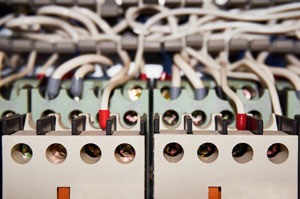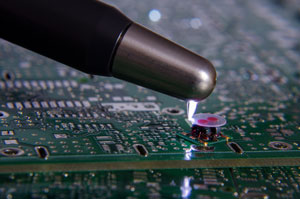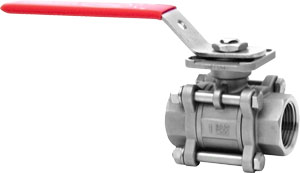 Humidity sensors are one of the most common types of sensors used for HVAC equipment and building management systems. With proper humidity monitoring, energy efficiency of a building can be improved. By using environmental conditions in conjunction with an economizer to reduce the building load, cool outside air is used to cool the indoor space of a building. Dampers, humidity sensors, and temperature sensors are used to verify optimal outdoor conditions for maximizing energy cost savings. Continue reading “Capacitance Polymer Humidity Sensors”
Humidity sensors are one of the most common types of sensors used for HVAC equipment and building management systems. With proper humidity monitoring, energy efficiency of a building can be improved. By using environmental conditions in conjunction with an economizer to reduce the building load, cool outside air is used to cool the indoor space of a building. Dampers, humidity sensors, and temperature sensors are used to verify optimal outdoor conditions for maximizing energy cost savings. Continue reading “Capacitance Polymer Humidity Sensors”
What Are Intermediate Relays and How Are They Implemented?
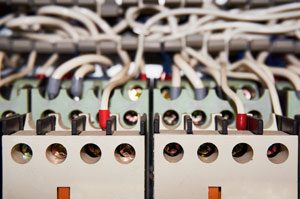 Intermediate relays are crucial in the proper function and operation of several varieties of power equipment, be it in mobile refrigeration or a simple pump application. But what are intermediate relays, and how are they implemented? Continue reading “What Are Intermediate Relays and How Are They Implemented?”
Intermediate relays are crucial in the proper function and operation of several varieties of power equipment, be it in mobile refrigeration or a simple pump application. But what are intermediate relays, and how are they implemented? Continue reading “What Are Intermediate Relays and How Are They Implemented?”
Analog vs. Digital Device Signals
 In today’s industry, the number of device output signals continues to grow. Each signal is different; so how do you figure out which one is right for your application? The easiest way to hone-in on the correct signals for your application is to decide whether you want a digital communication signal or an analog signal. Continue reading “Analog vs. Digital Device Signals”
In today’s industry, the number of device output signals continues to grow. Each signal is different; so how do you figure out which one is right for your application? The easiest way to hone-in on the correct signals for your application is to decide whether you want a digital communication signal or an analog signal. Continue reading “Analog vs. Digital Device Signals”
What is electrostatic discharge and how can it be prevented?
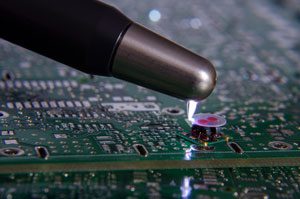 At one point or another we have all been exposed to some form of an electrostatic discharge (ESD) event, even something as simple as walking across a carpeted space, touching a door knob, and receiving an unexpected jolt. These types of events are very common in instrumentation applications. Today we will discuss what ESD is, the effects it has on instrumentation, and the steps that Dwyer Instruments has taken to prevent damage to sensors susceptible to these events. Continue reading “What is electrostatic discharge and how can it be prevented?”
At one point or another we have all been exposed to some form of an electrostatic discharge (ESD) event, even something as simple as walking across a carpeted space, touching a door knob, and receiving an unexpected jolt. These types of events are very common in instrumentation applications. Today we will discuss what ESD is, the effects it has on instrumentation, and the steps that Dwyer Instruments has taken to prevent damage to sensors susceptible to these events. Continue reading “What is electrostatic discharge and how can it be prevented?”
One, Two, and Three-Piece Ball Valves: What’s the Difference Anyway?
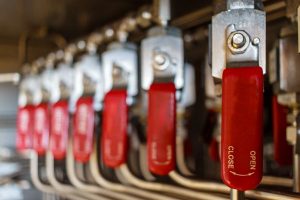 Any quick internet search for valves will show many different results: manual or automated, brass or stainless steel, flanged or NPT, one piece, two piece, or three piece, and more. With so many different types of valves available, how can you be sure you are purchasing the right type? While your application will help guide your proper valve selection, it is important to have some basic understanding of the different types of valves offered. Continue reading “One, Two, and Three-Piece Ball Valves: What’s the Difference Anyway?”
Any quick internet search for valves will show many different results: manual or automated, brass or stainless steel, flanged or NPT, one piece, two piece, or three piece, and more. With so many different types of valves available, how can you be sure you are purchasing the right type? While your application will help guide your proper valve selection, it is important to have some basic understanding of the different types of valves offered. Continue reading “One, Two, and Three-Piece Ball Valves: What’s the Difference Anyway?”


